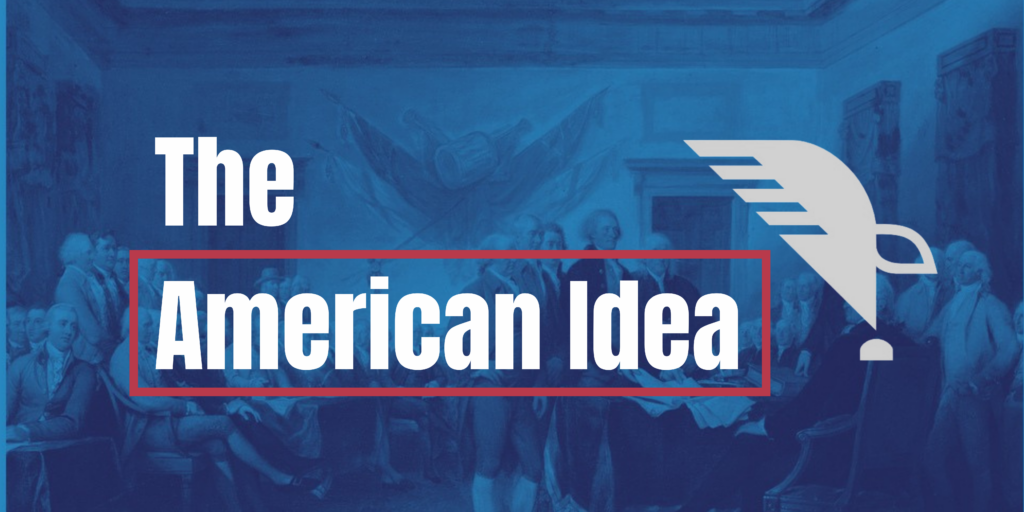The Harlem Renaissance: A Uniquely American Movement
March 13, 2024

Listen and subscribe to the podcast
The Significance of the Harlem Renaissance
The Harlem Renaissance, a cultural and artistic movement among African-Americans in the 1920s, was significant due to its intersection of historical time and place. Harlem, as a result of the Great Migration and its international character, became an epicenter for cultural expression. The post-World War I era, marked by urbanization and a burgeoning ‘New Negro’ identity, provided fertile ground for artistic and intellectual blossoming.
The Emergence of Urban Values
The 1920s marked a pivotal moment in United States history, revealing the nation’s transition into an urbanized society. Urban living, beyond mere geographical relocation, symbolized a shift towards modernism and a distinct set of values. Figures like Elaine Lock emphasized urban life as a catalyst for the emergence of a ‘New Negro’ identity, representing a departure from rural traditions to embrace modernity, creativity, and cultural exchange. The Harlem Renaissance, a cultural movement of the era, exemplified this urban ethos, showcasing African-Americans’ rich cultural heritage while challenging racist stereotypes through literature, art, and music.
Langston Hughes and the Authenticity of Black Culture
Langston Hughes, in his essay ‘The Negro Artist and the Racial Mountain,’ advocated for embracing the authenticity of black culture rather than aspiring to assimilate into white culture. Hughes critiqued the inclination among some black individuals, particularly from the middle class, to distance themselves from working-class black culture and idolize white culture. He celebrated the richness and originality of working-class black culture, exemplified by jazz, as an inherent expression of African-American life. Hughes encouraged artists to stay true to their roots and disregard societal expectations, emphasizing the importance of authenticity and self-expression.
Impact of 1919 Racial Violence on the Harlem Renaissance
The racial violence of 1919, evidenced by incidents like the Red Summer, influenced the literature of the Harlem Renaissance. Works such as Walter White’s ‘The Fire in the Flint’ depicted the struggle of African-Americans amidst racial terrorism. White’s novel explored themes of political activism versus racial uplift, echoing the historical conflict between Booker T. Washington and W.E.B. Du Bois. Additionally, the violence inspired other writers to address the fear and trauma of lynching, reflecting the pervasive impact of racial violence on African-American communities and contributing to the themes of resilience and resistance in Harlem Renaissance literature.
Reception of the Harlem Renaissance in White America
The Harlem Renaissance had a significant impact within the African-American community, but its reception among white Americans was mixed. While jazz music, a prominent product of the Renaissance, gained popularity among white audiences, many venues in Harlem restricted African-American patrons. The literature of the Harlem Renaissance reached some white readers, but mainstream publishing and patronage often imposed limits on the visibility of black voices. Wealthy white patrons sometimes viewed African-American culture through a lens of exoticism, leading to conflicted relationships with artists like Langston Hughes.
Carl Van Vechten
Carl Van Vechten, a white author and supporter of black artists, appropriated African-American idiom in his literature, believing he could speak for African-Americans as an honorary member of the culture. However, his use of racial slurs and his assumption of superiority over the culture he depicted sparked criticism and raised questions about cultural appropriation and the role of outsiders in defining black culture.
The Ku Klux Klan
During the 1920s, the Ku Klux Klan experienced significant growth outside of the rural South, particularly in the Upper Midwest and Western states. Klan leaders, like Hiram Evans, defined their mission as promoting ‘100% Americanism,’ which meant Native white Protestant supremacy. While some Klan members acknowledged African-Americans as part of the country, they expected them to conform to racial hierarchies and keep their cultural practices separate.
The Influence of Langston Hughes’s Poetry on Hip Hop
Langston Hughes’s poetry, with its emphasis on oral tradition and musicality, provides a potential link to the development of the Hip Hop movement. The oral tradition, rooted in West African cultures and carried through the Atlantic slave trade to the United States, enriched American culture and influenced the construction of verse, including impromptu verse.

